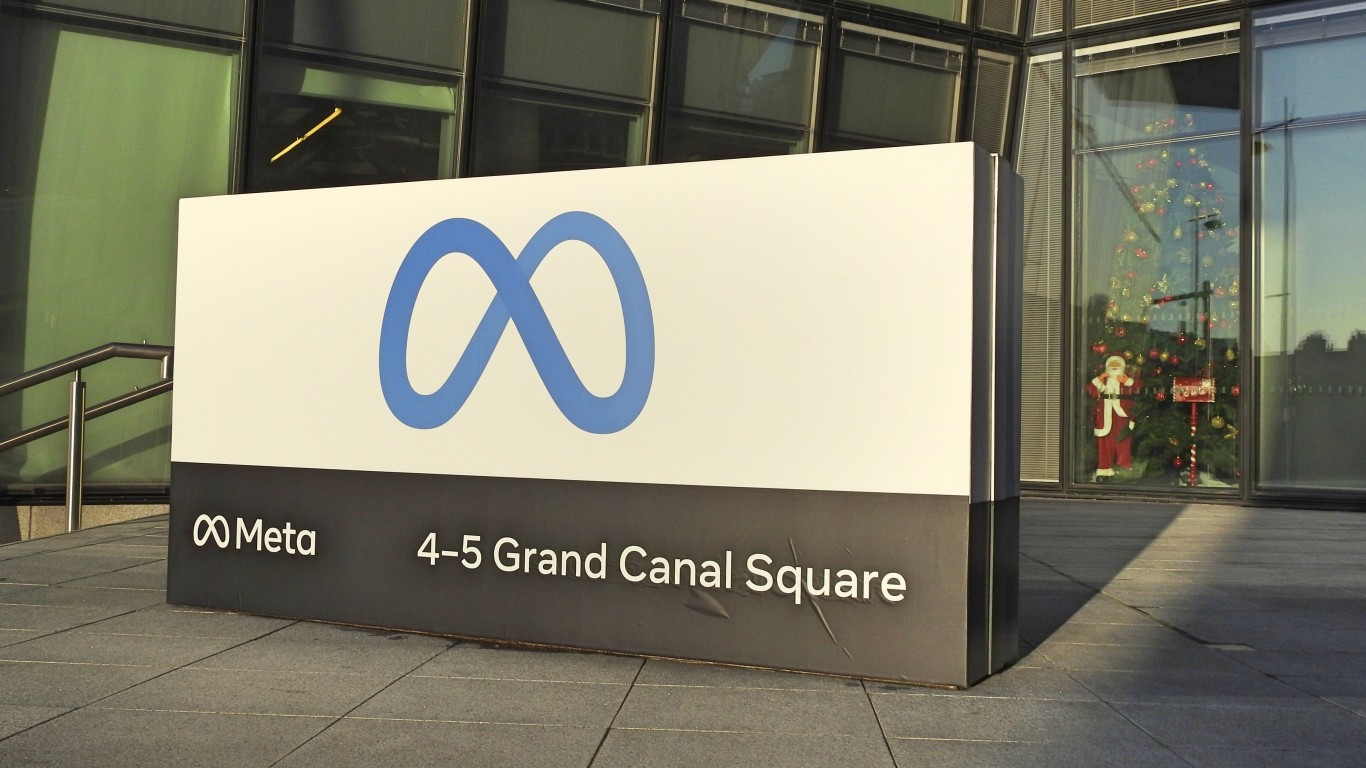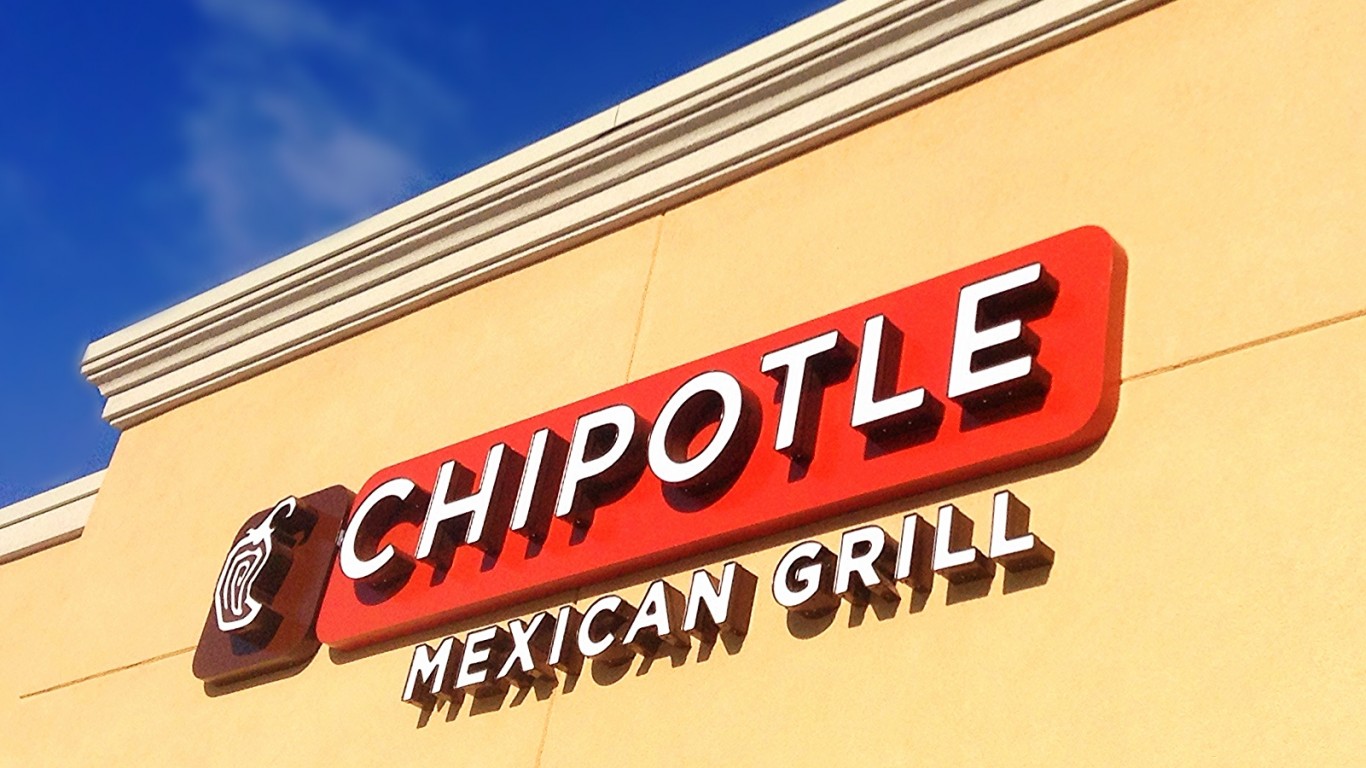
Apple (NASDAQ: AAPL) has been sneaking towards a new all-time high over the course of this past week. There have been many contributing factors (the App Store, Apple Music, Apple TV+) propelling Apple stock higher, but this most recent push seems to be coming from analysts.
Among the tech giants — and even the Dow Jones industrial average — Apple has the largest market capitalization, making it one of the most watched companies in the stock market. Holding this position at the top does not come without scrutiny, although for the most part analysts are fairly positive on Apple.
A couple of analysts recently came out in favor of Apple, and 24/7 Wall St. has taken a look at what they have to say.
App Store Tailwinds
Morgan Stanley’s Katy Huberty recently issued a report on the iPhone giant, reiterating an Overweight rating and raising the price target to $340 from $326. The price target implies upside of 5% from the most recent closing price of $323.34.
Huberty pointed out that App Store net revenue is up 35% in the first two months in the June quarter, which is practically double the growth rate that she had previously forecast. This is expected to translate into $500 million in services revenue.
Ultimately, Huberty is projecting that Apple’s services revenue in the June quarter will increase 16.7% year over year; this is up from her previous forecast of 12%.
Separately, the research firm Sensor Tower has data that suggests App Store net revenue growth of 39% year over year for the month of May. Note that this would be the strongest growth rate for a single month since April 2017.
So what’s driving this incredible growth in the App Store? Huberty suggests that the shelter-in-place and other quarantine measures related to COVID-19 have been a huge tailwind for the app economy. As customers are forced to spend more time at home, and rely on their phones, there has been an acceleration in App Store download and net revenue growth.
One interesting point in the report worth mentioning is that Huberty originally thought April would be the peak for App Store growth as lockdowns eased in the following months. However, engagement with the App Store has remained at high levels suggesting that this could be a “new normal,” at least in the near or medium term. Huberty thinks this is bullish for the App Store.
As a result, Huberty increased her estimates for the June quarter and September quarter. In terms of the specifics, the June earnings per share (EPS) estimate moved up to $1.99 from $1.92, and September EPS is expected to come in at $2.80, up from $2.74. The consensus estimates are calling for $1.98 in EPS for June and $2.80 in EPS for September.
Trillion Times Two
Evercore ISI analyst Amit Daryanani also issued a research report on Apple. Daryanani reiterated an Outperform rating with a $360 price target, an increase from $345, implying upside of 11%. The report makes the case for Apple reaching a market cap of $2 trillion.
Daryanani believes that Apple will reach this auspicious target over the course of the next four years. A quick look at the math reveals an annual average appreciation in the mid-teens.
There are four main elements in this analysis: higher profits, services and wearables, gross margins, and multiple expansion. One other thing to point out is that Apple appears to be aggressively buying back its own stock, which could only accelerate this process.
Daryanani believes that Apple will reach an annual EPS of $23 by September in fiscal 2024. The model implies EPS growth of 14% annually, which would be driven by “operational tailwinds and buyback support.”
The services and wearables segments are expected to see sustained double-digit growth. These have been driven by higher average revenue per user and a better monetization of the installed base of device users. Daryanani predicts that revenue from the wearables business is headed to more than $60 billion over the next few years, and revenue from services could reach over $100 billion.
Gross margins are likely to expand as the services business continues to grow faster than the hardware operation. Finally, Daryanani thinks Apple stock “re-rates” to a price of 24 times forward earnings.
Overall, both of these analysts seem to be suggesting that recovery in the near term might be slow. However, the outlook for the long term is incredibly positive and it will largely be driven by Apple’s services business.
Thank you for reading! Have some feedback for us?
Contact the 24/7 Wall St. editorial team.



